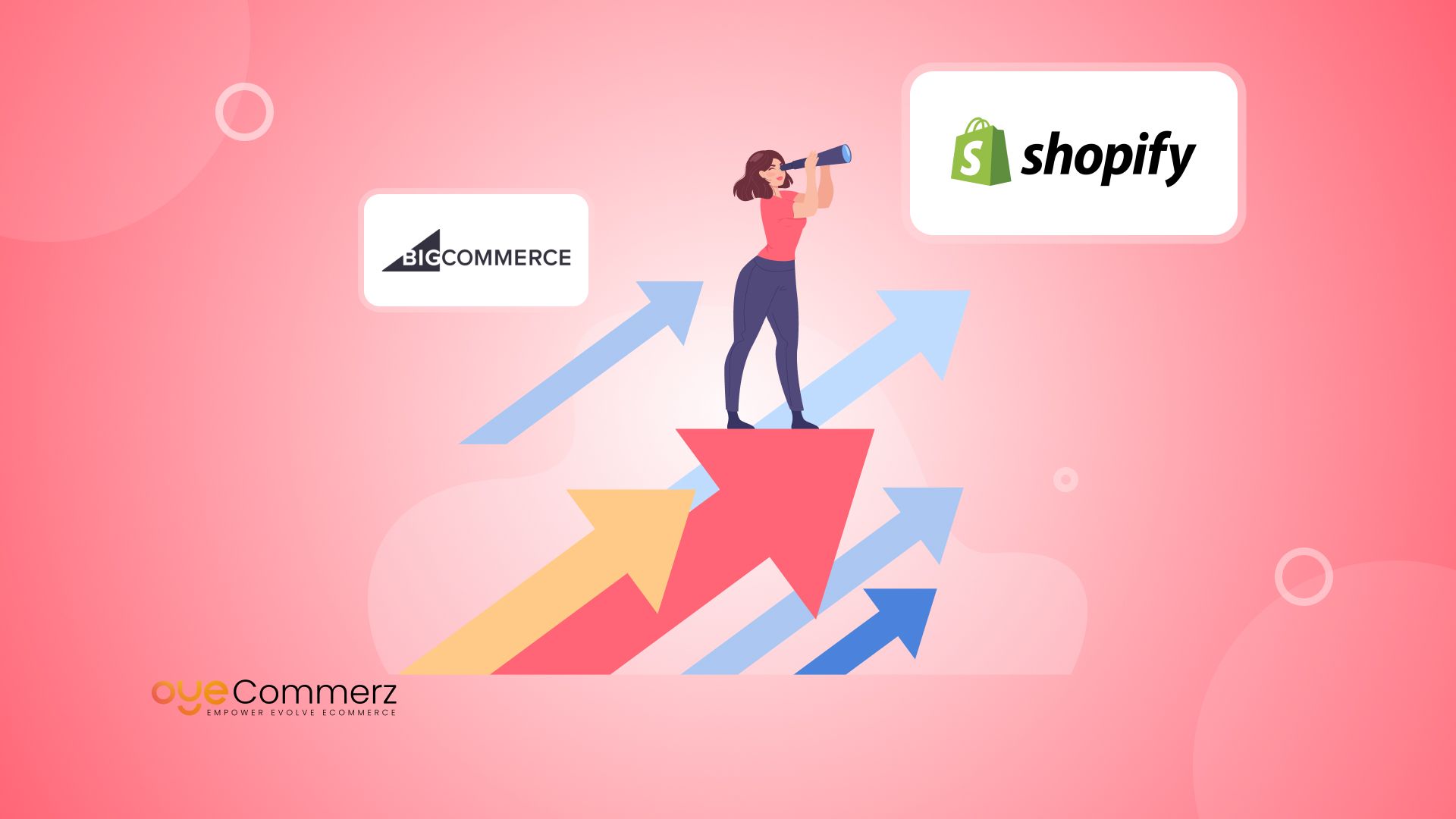Effortless Transition from WP to Shopify: Your Ultimate Guide to E-commerce Success
Effortless Transition from WP to Shopify: Your Ultimate Guide to E-commerce Success
Blog Article
Transitioning from WordPress to Shopify marks an exciting step in optimizing your online store processes. As businesses grow, selecting a platform that supports growth potential, user experience, and flexibility is essential. Shopify has emerged as a preferred choice for online merchants, providing unmatched adaptability, security, and ease of use. In this guide, we will delve into the transformative impact of this migration, discuss the advantages, and provide actionable steps to facilitate a seamless transition.
1. Top Reasons to Transition from WP to Shopify
WordPress, paired with WooCommerce, continues to support countless online stores. Nevertheless, as businesses scale, challenges like reliance on plugins, security vulnerabilities, and technical complexities often obstruct growth. Shopify, specifically created for e-commerce, addresses these concerns with an all-in-one, intuitive platform. Real data back this shift—Shopify powers over 4.4 million stores globally, with a documented 10% increase in sales performance for many businesses after migration.
2. Shopify's Perks for Thriving Online Stores
Shopify’s robust ecosystem caters for scaling brands. Its standout benefits are:
- Effortless Design Flexibility: Shopify offers over 80 professionally designed themes.
- Integrated Tools: Capabilities such as Shopify Payments and built-in SEO streamline operations.
- International Expansion: Currency versatility and regional customization enable brands to expand internationally.
Additionally, Shopify boasts an availability percentage of 99.98%, ensuring your store is always operational.
3. Preparing for WP to Shopify Migration
Prior to starting the migration process, assess your current store. Analyze product data, client information, and search engine rankings. Resources such as Shopify’s Migration Kit or external tools can simplify this process. Create a comprehensive plan, ensuring all assets—product descriptions, images, and blog content—are ready for seamless import.
4. The Importance of Accurate Data Migration
Data migration forms the foundation for a smooth platform switch. When migrating from WP to Shopify, prioritize:
- Inventory Details: SKU, descriptions, and groupings. Migrate from WordPress to Shopify
- Client Information: Emails, order history, and custom fields.
- Search Engine Considerations: Preserve meta tags, URLs, and forwarding paths to avoid SEO losses.
Leverage tools such as LitExtension to streamline data transfer while reducing mistakes.
5. Tailoring Your Shopify Store to Fit Your Brand
Post-migration, customizing your Shopify store helps it reflects your brand. Utilize Shopify’s drag-and-drop editor to create layouts with ease. Shopify's themes are mobile-responsive, providing a smooth UX across platforms—a critical factor, since 74% of e-commerce traffic comes from mobile visitors.
6. Maintaining SEO During Migration
Search engine optimization is crucial for maintaining your visibility during migration. Shopify is highly optimized for search engines with organized link formatting, built-in optimization tools, and smooth content management. Make sure you:
- Set up URL forwarding for existing links.
- Enhance updated content with targeted phrases.
- Use Shopify's apps Plug in SEO to track analytics after the switch.
7. Post-Migration Testing
Once the migration is complete, conduct thorough testing.
Check: - Website speed (Shopify delivers faster speeds in contrast with WP).
- Functionality of payment gateways and checkout processes.
- Mobile responsiveness.
Quality assurance guarantees your store delivers a seamless WooCommerce alternative Shopify shopping experience from day one.
8. Real-Life Success Story
One such migration success story is Gymshark, a sportswear company that moved to Shopify. After the switch, the company experienced a 60% increase in mobile sales and reduced site downtime. This highlights the capabilities of Shopify in driving e-commerce growth.
9. Challenges and Solutions
Migration is not without obstacles, such as data integrity and adjusting tailored features. However, Shopify’s robust support and external professionals make overcoming these hurdles manageable. Partnering with qualified Shopify developers ensures a smooth transition.
10. Making the Switch: The First Step Toward Success
Switching from WP to Shopify represents a strategic approach to e-commerce. By focusing on growth, streamlining operations, and enhancing the customer experience, Shopify enables companies to thrive in challenging industries.
Conclusion
Transitioning from WordPress to Shopify is a strategic move that can greatly enhance your e-commerce success. With a well-structured strategy, the appropriate resources, and professional guidance, you can achieve new growth opportunities.
Ready to make the leap? Let’s discuss how our Shopify migration services can revolutionize your online store. Get in touch today, or ask yourself: Can your business afford to miss out on Shopify’s growth potential?
 Report this page
Report this page